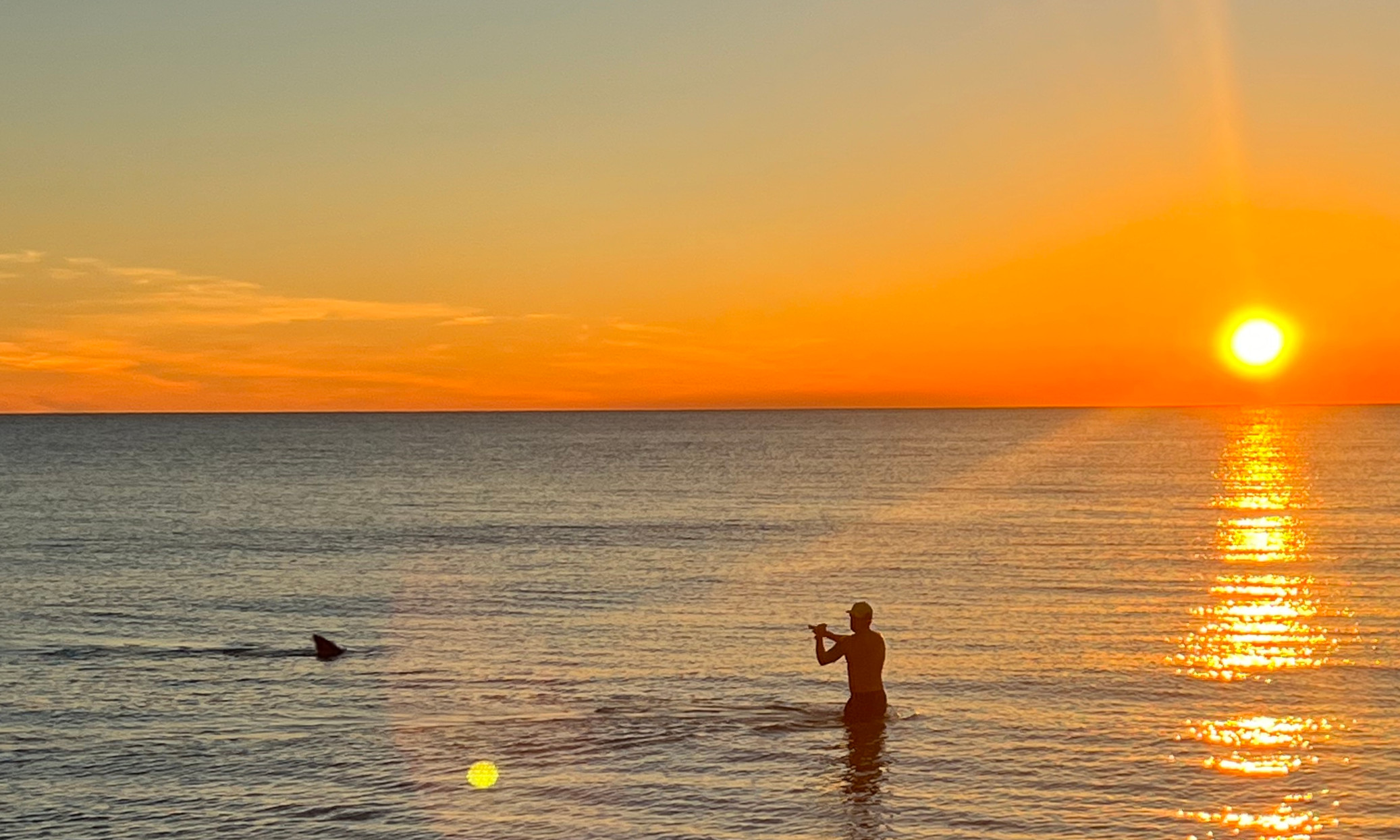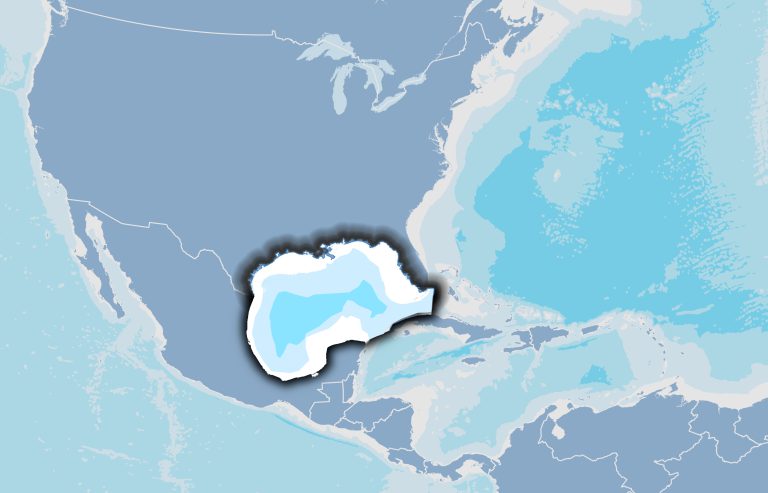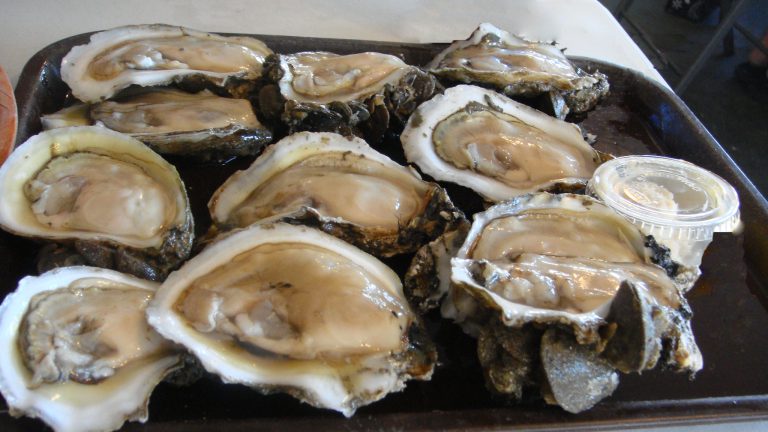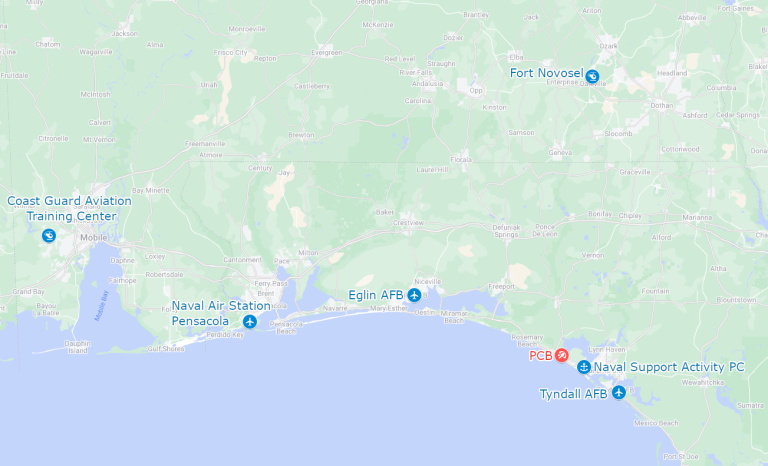Shark encounters, especially at Panama City Beach in Florida, are a topic of interest and concern for many beachgoers. While the presence of sharks in coastal waters is a natural part of the marine ecosystem, understanding the actual risks associated with shark attacks is crucial for both locals and tourists.
Statistical Perspective
Shark attacks are extremely rare, especially considering the millions of people who swim in the ocean each year. In fact, other risks like drowning or stings from other marine life (like stingrays) are statistically higher. For instance, Bay county (Panama City Beach) has recorded only nine shark attacks in the past 121 years, with only two resulting in fatalities.
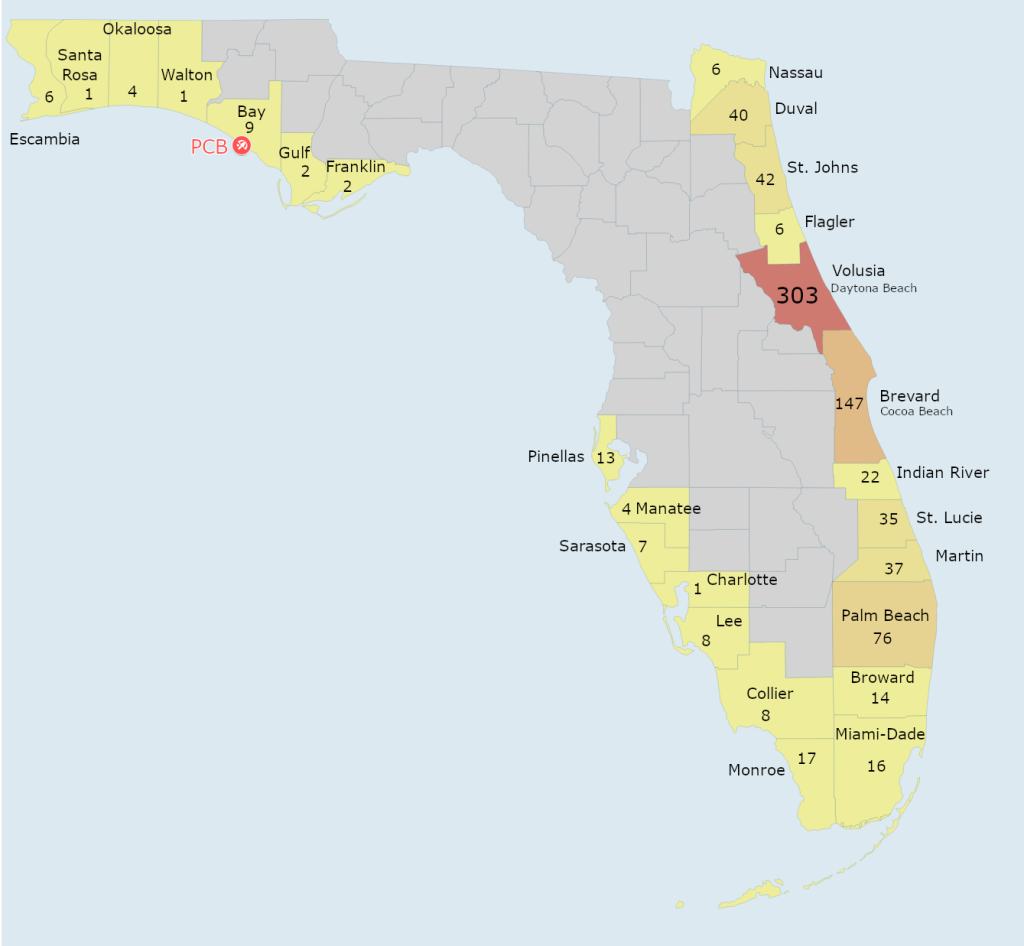
In 2024, shark attacks have been minimal, with no shark attack bites reported in the United States, including Florida, as of January 29. This follows a trend observed in 2023, where there were 83 shark attack bites globally, with only 20 reported in Florida. None of these Florida attacks were fatal.
Shark Species in Panama City Beach
Panama City Beach hosts a variety of shark species. Some of the notable species include:
Bull Sharks
Bull sharks are known for inhabiting shallow coastal waters and have been observed swimming very close to the shore. They are often found in estuaries, bays, and coastal lagoons, which are environments with varying salinity levels that bull sharks can tolerate due to their unique ability to adapt to both saltwater and freshwater. Bull sharks are often considered the most aggressive and dangerous shark species.
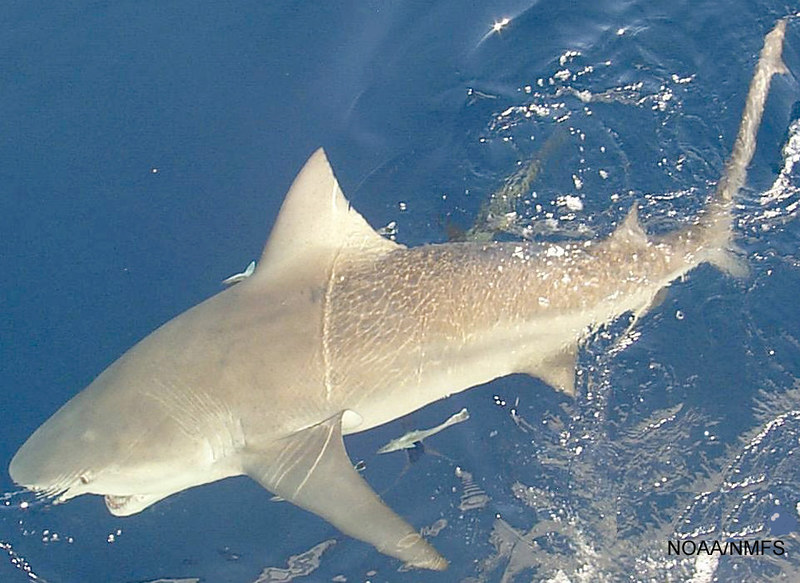
Due to their preference for warm climates, bull sharks are commonly seen along the shores of the East Coast and the Gulf of Mexico in the United States. They can comfortably swim in waters as shallow as five feet, meaning they can indeed lurk quite close to beaches. Most shark attacks occur less than 100 feet from the shore, primarily in 6 to 10 feet of water, and are often attributed to mistaken identity or poor visibility conditions.
Hammerhead Sharks
Hammerhead sharks, recognized for their unique head structure, are often found in coastal waters and are known to come close to shore. Their presence in shallow waters is primarily for hunting purposes. Hammerheads, particularly in their juvenile stages, frequent nearshore environments, including bays and estuaries. However, they’re not commonly aggressive towards humans.
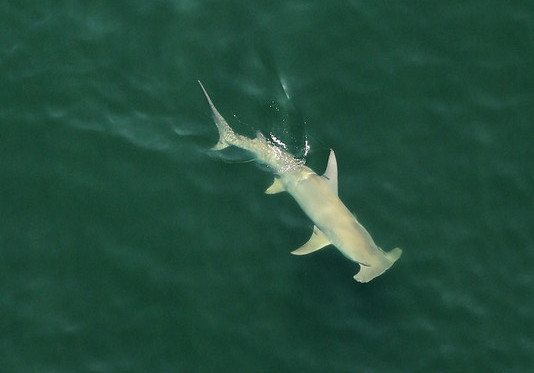
One of the main prey items for hammerhead sharks is stingrays. This diet makes hammerheads an integral part of maintaining the balance in coastal ecosystems. By preying on stingrays, they help control the stingray population, which can otherwise grow unchecked and potentially disrupt the ecological balance.
The role of hammerheads in controlling stingray populations can be seen as beneficial for beachgoers and swimmers. Stingrays, while generally not aggressive, can pose a risk to humans, especially when stepped on, as their sting can be quite painful. In this sense, hammerheads indirectly contribute to safer coastal waters for humans by keeping stingray numbers in check. There was a 2023 viral video of sharks at Crab Island in Destin (40 miles West of PCB). Fortunately the people in the water were not in much danger, these sharks were most likely hunting stingrays in the shallow sand.
Tigers Sharks
Tiger sharks, known for their adaptability and presence in various marine environments, are among the larger shark species that can be found in the region. Tiger sharks, with their distinct stripes and formidable size, are a common sight in nearshore waters. This proximity to the shore, coupled with their impressive size and strength, has made them a favored target for sport fishermen. The species’ tendency to swim in coastal areas, where they hunt for a variety of prey, makes them relatively accessible for catch and release fishing expeditions. You also need to take a class from the FWC in order to fish sharks from shore. (More on this below)
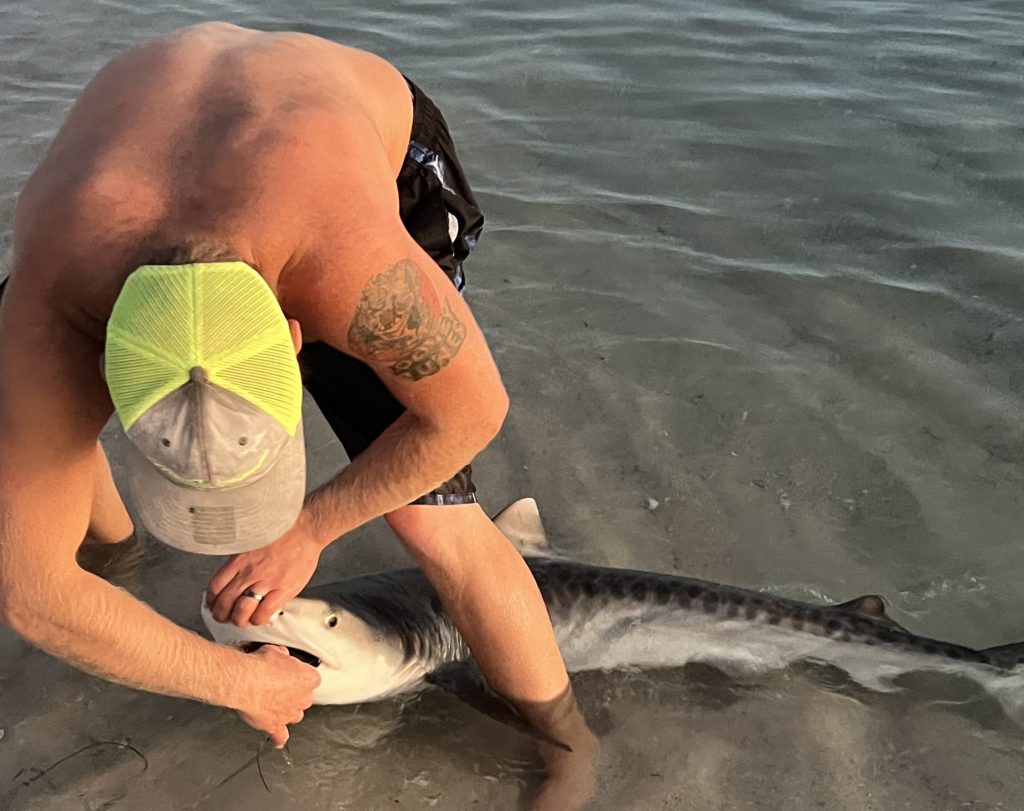
Tiger sharks have earned the moniker “puppies of the sea” among some scuba divers. This nickname stems from instances where these large sharks have allowed divers to pet them, exhibiting a surprising level of docility. But don’t be fooled by this seemingly gentle behavior; tiger sharks are known for their powerful jaws and diverse diet.
Just like puppies, tiger sharks are known for their tendency to “chew” on almost anything. These apex predators are often referred to as the “garbage cans of the sea” due to their highly opportunistic and indiscriminate eating habits. Their diet is incredibly diverse, ranging from sea turtles and small sharks to more unusual items like license plates, which have been found in their stomachs. This tendency to consume a wide range of objects highlights their curious nature.
A vivid example of the tiger shark’s indiscriminate feeding behavior can be seen in a video of a tiger shark attacking a kayak in Hawaii. This incident underscores the fact that while tiger sharks can be gentle with divers under certain conditions, their natural instincts as predators can surface unexpectedly. The kayak attack exemplifies the tiger shark’s willingness to explore and potentially consume a variety of objects, mistaking them for prey.
Great White Sharks
These predators, known for their impressive size and strength, have been sporadically sighted in the Gulf of Mexico, sparking a mix of awe and apprehension. Notably, the public’s perception of these sharks dramatically shifted after the release of the film “Jaws” in the 1970s. This iconic movie catapulted great white sharks to the forefront of public fear, painting them as the ocean’s most formidable predators. While their actual presence in the waters near Panama City Beach is not common, these occasional sightings serve as a potent reminder of the diverse marine ecosystem in the Gulf and the relationship between humans and these giants of the sea.
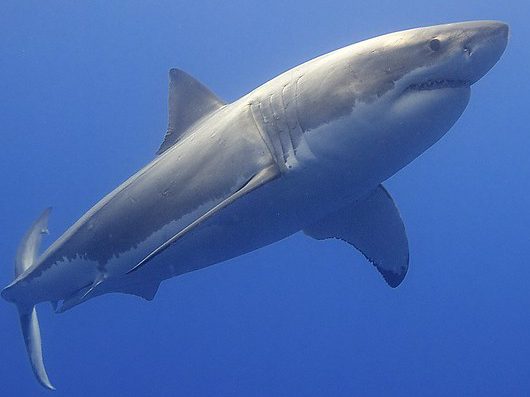
A great white shark, estimated to be around 13 feet long was caught from shore in Pensacola Beach in February 2023. This remarkable catch was made possible by a heavy-duty fishing setup and the collaborative effort of multiple fishermen. The shark was caught using a tuna head as bait, which was kayaked about 900 yards off the beach before it was taken by the great white. Similarly, another incident in Orange Beach, Alabama in March 2023 involved the catching of a 10-to-11-foot great white shark. In this case, the bait was set 600 yards off the beach.
A non-profit organization named Ocearch tracks sharks for research and educational purposes. One of their tagged sharks named Maple has frequented the Panama City Beach area of the Gulf of Mexico. She was tagged in September 2021 and her last update was recorded in May of 2023. In the 719 days was tracked she traveled a few miles short of 9000 miles. She spent both Spring of 2022 and 2023 within a few hundred miles of Panama City Beach.
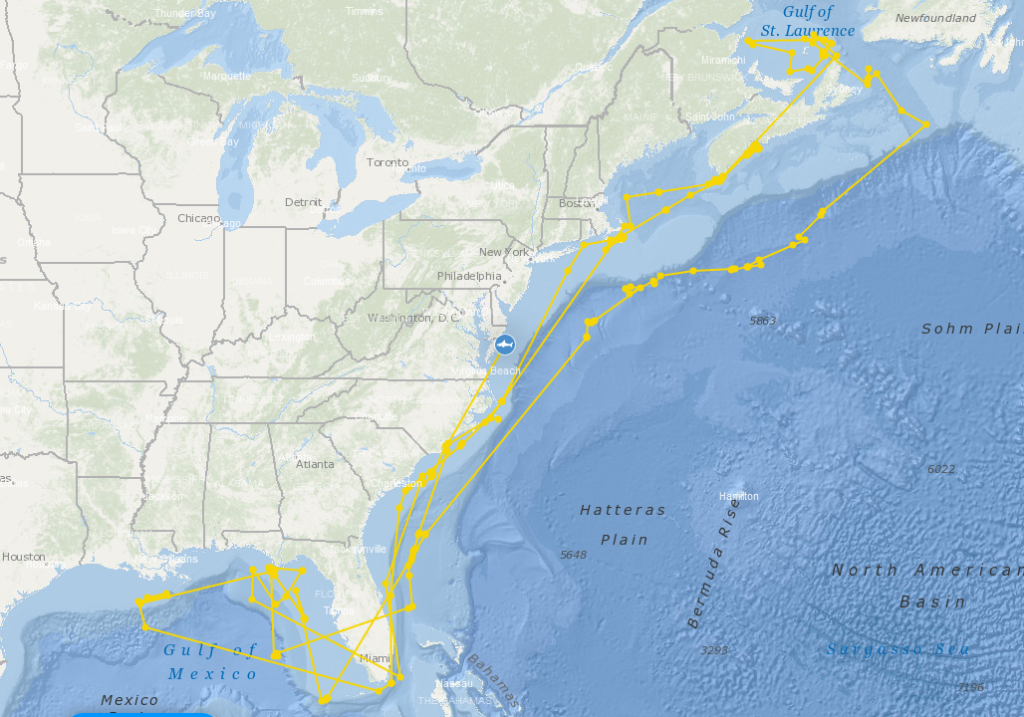
Safety Measures and Tips
To minimize any risks associated with sharks:
- Swim during daylight and in areas with good visibility.
- Avoid swimming near people who are fishing, as bait and caught fish may attract sharks.
- Be aware of local warning systems like the color-coded flag system on Panama City Beach, which indicates various hazards, including the presence of dangerous marine life.
Conclusion
While the presence of sharks in Panama City Beach, Florida, is a reality, the actual risk of a shark attack is very low. Understanding the behavior of different shark species, adhering to safety guidelines, and respecting marine life can ensure a safe and enjoyable beach experience. Remember, the vast majority of beachgoers never encounter a shark, and the fear of sharks should not overshadow the enjoyment of Florida’s beautiful coastal waters.
